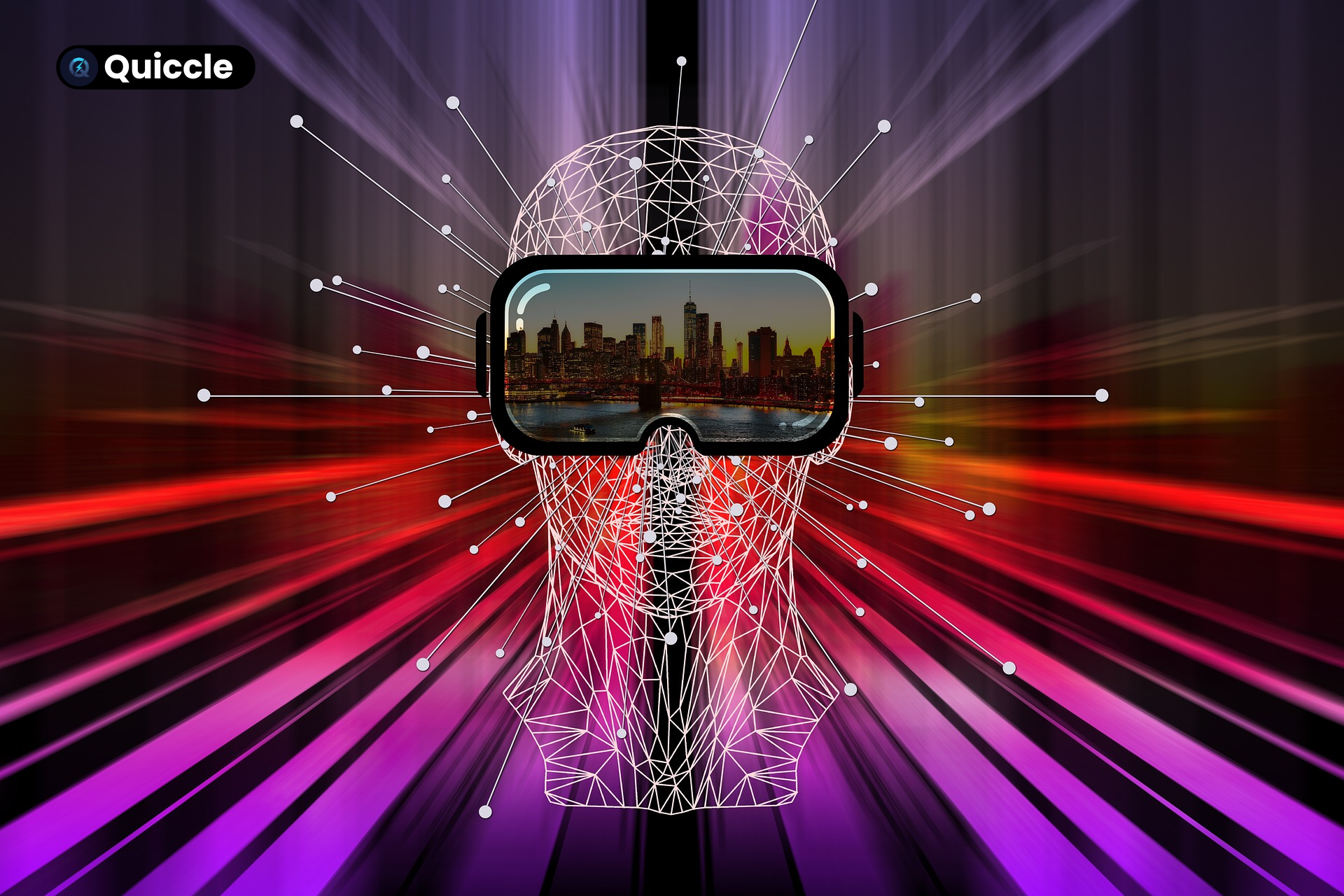Ever heard of vibe coding? No, it’s not some mystical practice where coders channel their energy to write software. But it is a new way of thinking about programming—where AI and intuition take center stage. But here’s the burning question: Is vibe coding the next big thing, or just a hype train we’re all jumping on for the ride?
What is Vibe Coding?
Vibe coding, an emerging trend powered by AI and voice recognition, is shaking up the traditional ways of writing code. But is it more than just a passing phase? In this article, we dive deep into the concept of vibe coding, where developers code based on their natural instincts and voice commands. Instead of manually typing code, you simply “vibe” with the system and give it commands.
How AI is Revolutionizing Vibe Coding
Imagine programming where you don’t need to know the syntax or remember every detail. With vibe coding, AI systems like natural language processing (NLP) and speech-to-text algorithms are used to recognize developer instructions and turn them into code. This allows programmers to focus on what they want to build, rather than how they build it.
Will Vibe Coding Replace Traditional Coding?
While vibe coding is promising, it’s unlikely to replace traditional coding anytime soon. The process of coding still requires precision, logic, and problem-solving, which AI tools are still learning to master. Vibe coding, however, could significantly speed up the development process, particularly for prototypes, web apps, or non-technical individuals trying to bring their ideas to life.
Real-Life Applications of Vibe Coding
- Voice-Controlled IDEs: Integrated Development Environments (IDEs) that recognize voice commands can boost productivity.
- Smart Coding Assistants: AI-powered coding assistants like GitHub Copilot are already helping programmers write code faster.
- Automated Error Detection: Vibe coding tools could auto-correct code based on voice feedback from developers.
Why Vibe Coding Could Be a Game-Changer
Vibe coding eliminates the barrier to entry for coding, making it more accessible to non-technical users. It also promotes a more natural and intuitive form of development, saving time and increasing efficiency. As AI models evolve, we can expect the “vibe” to get even more precise and capable of recognizing a broader range of commands, making coding a fluid experience.
Conclusion: Hype or Reality?
While vibe coding is still in its early stages, it holds a lot of promise for the future of programming. As AI continues to advance, tools like vibe coding could reshape the way we develop software. For now, it’s an exciting area to watch as we see AI-driven tools become more integrated into everyday development workflows.
💬 What’s your take on vibe coding? Is it the future of programming, or just another tech trend?
🔍 Let’s hear your thoughts in the comments below! Join the conversation and share your views on how AI and intuitive coding will change the development landscape.

We’re Quiccle, a small crew of big thinkers obsessed with clarity, curiosity, and ideas that move fast but stick deep. We write to spark thought, not just scrolls.



